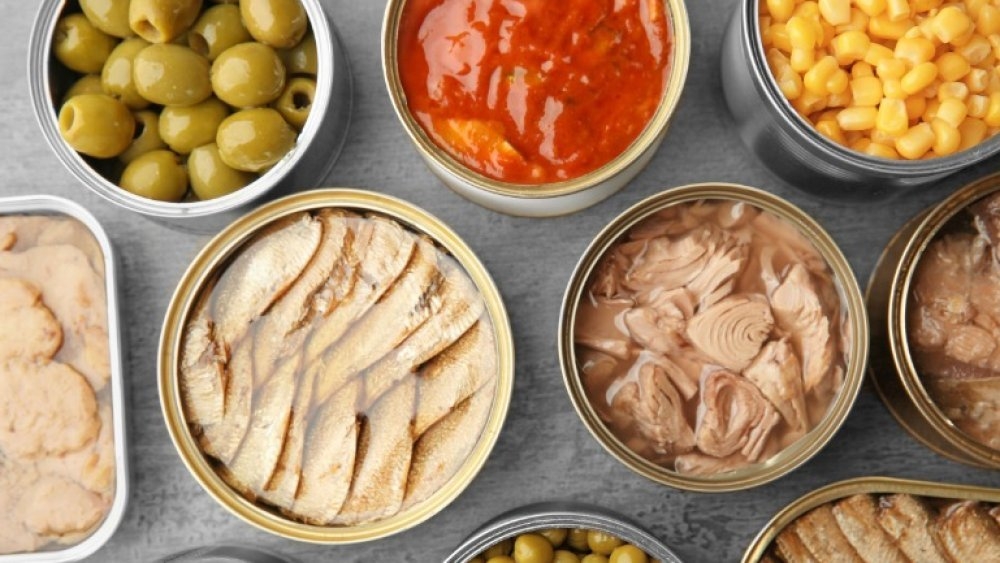Low-acid canned food refers to canned food with PH value greater than 4.6 and water activity greater than 0.85 after the content reaches equilibrium. Such products must be sterilized by a method with a sterilization value greater than 4.0, such as thermal sterilization, the temperature usually needs to be sterilized at high temperature and high pressure (and constant temperature for a period of time) above 100 °C. Canned food with a pH value of less than 4.6 is an acidic canned food. If it is sterilized by heat, the temperature usually needs to reach 100 °C in a water tank. If the canned monomer can be rolled during sterilization, the water temperature can be below 100 °C, and the so-called low temperature is adopted. Continuous sterilization method. Common canned peaches, canned citrus, canned pineapples, etc. belong to acid canned food, and all kinds of canned livestock, poultry, aquatic products and canned vegetables (such as canned green beans, canned broad beans, etc.) belong to low-acid canned food. Many countries and regions in the world have standards or regulations for canned food production specifications. In 2007, my country issued GB/T20938 2007 《Good Practice for Canned Food》, which stipulates the terms and definitions of canned food enterprises, factory environment, workshop and facilities, equipment and tools, personnel management and training, material control and management, processing process control, quality management, hygiene management, finished product storage and transport- tation, documentation and records, complaint handling and product recall. In addition, the technical requirements for the sterilization system of low acid canned food are specially specified.
Post time: Jun-02-2022

